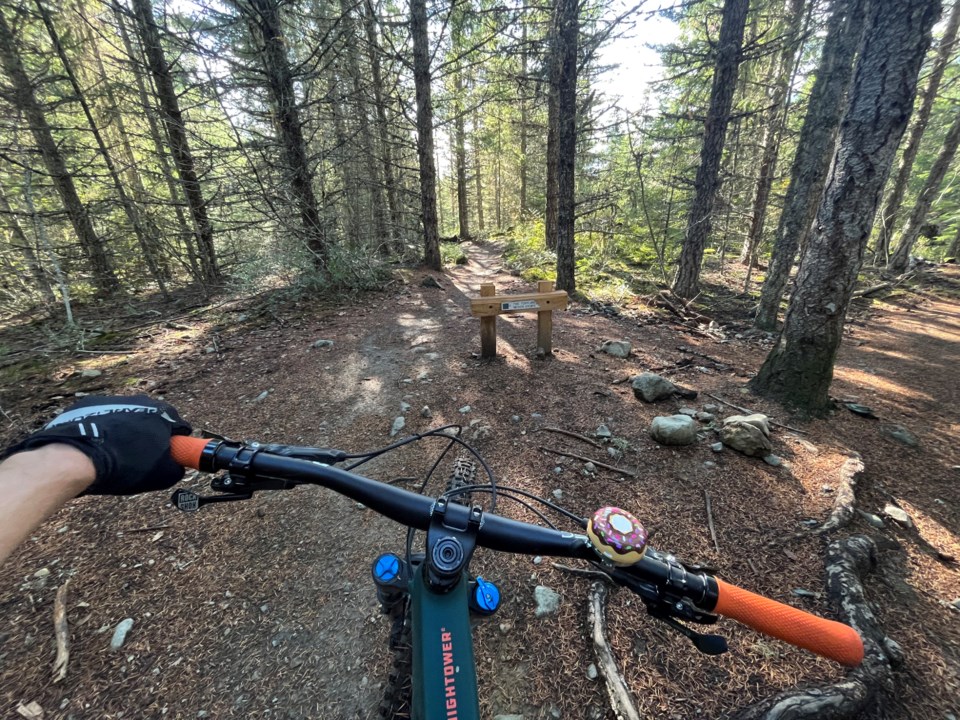Whistler trail users and stakeholders got an update on the multi-year process that is the Whistler Recreation Trails Strategy (RTS) on Oct. 18.
The online engagement session ran through some highlights of the 115-page draft of core content for the RTS.
Resort Municipality of Whistler (RMOW) manager of parks and planning, Martin Pardoe, described the RTS as a high-level analysis of non-motorized trails within RMOW boundaries, designed to identify general needs for development, preservation and management across 11 areas, from Brandywine in the south to Cougar Mountain in the north, covering almost 650 kilometres worth of trails.
Todd Hellinga of Cascade Environmental—a recreation management consulting company contracted by the RMOW—said there were common themes across all areas that came up in public consultation and feedback.
“One of the things we’ve heard from the beginning of this process is how important it is to account for environmental values in our recreational trails strategy,” he said. Other common themes were connectivity in and between the areas, developing multi-skill options on trails to engage more skill levels, cataloguing trail authorization and management across the network, and tackling unauthorized trail construction.
“There’s not a whole lot that can be physically done (about unauthorized trail construction) due to the nature of enforcement and regulations and rules, however as a community we can have a conversation and set expectations and approaches as to how we want to deal with that,” Hellinga said.
Each area is covered in depth across the draft document for the RTS, which is available on the RMOW website at engage.whistler.ca/recreation-trails-strategy.
For each area, the document goes through a trail suitability analysis, identifying what the areas are less suited for (such as additional trail development in the well-used Lost Lake area), and more suited for (such as the development of staging areas for Westside-Sproatt, Westside-Rainbow and Whistler North) and some recommendations for future projects.
Besides in-depth information on the trails themselves, the RTS includes significant analysis of environmental profiles of each area, noting the importance of the grizzly bear population recovery in the region, which is focused in the Westside-Sproatt area, and old-growth management.
Going forward, the community and stakeholder feedback will be gathered and considered prior to the finalization of the RTS document, which will go on to inform the creation of a trails master plan.
The community is encouraged to review the draft RTS core document on the RMOW website, and take part in a survey through the municipality’s engage website. The survey and community consultation will stay open until the end of October, with the final RTS document to be completed before the end of the year.




